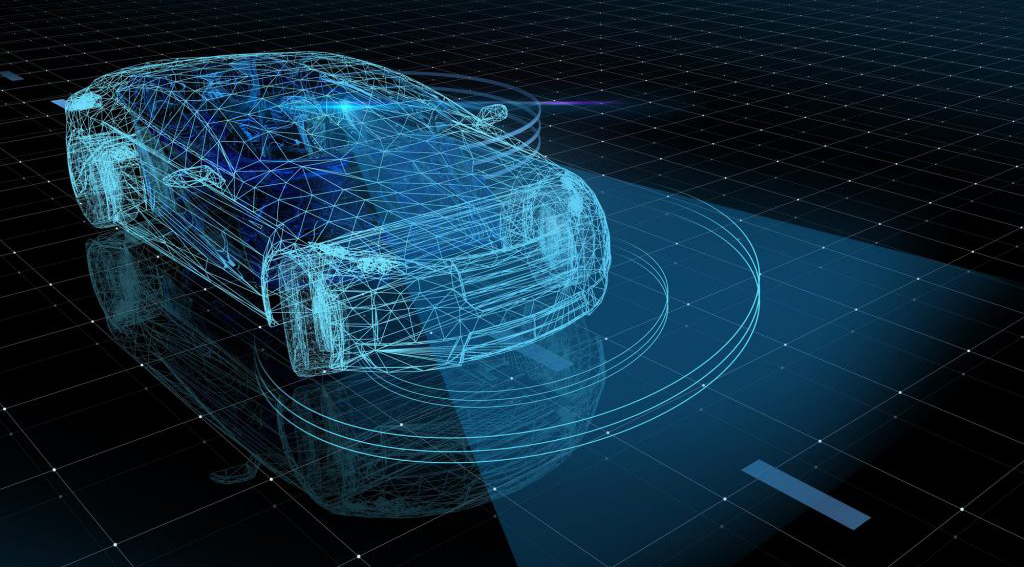
1. Lower Personal Transportation Costs
The traditional rule of thumb to determine a car’s affordability was that its total cost – including a 20% down payment, loan term of no more than four years, and payments, interest, and insurance – should be no more than 10% of your annual income. However, this rule is becoming harder and harder for the average consumer to follow.
As a result of higher prices and extended loan terms, the Bureau of Labor Statistics calculates that the typical American couple in 2016 spent more of their gross income on transportation (17.5%) than on food (11.8%); only the cost of housing exceeded the cost of transportation. Financial problems compound when a family owns multiple cars and maintenance expenses escalate as these vehicles age. Worse yet, Morgan Stanley Research found that the car is “the world’s most underutilized asset,” used an average of only one hour per day, for a 4% utilization rate.
It’s likely that the electric vehicles of the future will be owned jointly by multiple drivers to capitalize on the investment. Industry observers predict that by 2025, the majority of families will own a single vehicle for most uses and share vehicles for their occasional, short-term needs. According to research conducted by the UC Berkeley Transportation Sustainability Research Center and reported in ACCESS magazine, the number of vehicles owned by car-sharing partners drops by half as newer, more efficient automobiles replace older models. If car-sharing rises as predicted, individuals and families will be able to reduce their financial outlays for personal transportation without incurring significant lifestyle changes.
Also, some prognosticators predict that self-driving cars could transform ride-hailing and ride-sharing companies, such as Uber, Lyft, Zipcar, and Turo. In an automated taxi system, customers could enter their destinations on their smartphones to dispatch a self-driving vehicle that would pick them up, take them to their destination, and move on to the next customer.
2. Reduced Environmental Impact
Despite reductions of up to 90% in pollutants released per mile since the 1960s, gasoline-powered vehicles remain the primary cause of air pollution in the United States. Automobile emissions are linked to cancer and exacerbate asthma, heart disease, birth defects, and eye irritation. An MIT study in 2013 estimated that road emissions cause 53,000 premature deaths each year. Many scientists have linked these emissions to global warming and climate change.
An all-electric vehicle produces no direct emissions, while hybrids produce less than half of the emissions of vehicles with internal combustion engines. A Union of Concerned Scientists’ report concluded that EVs reduce global warming emissions for large and mid-sized cars by more than 50%. Pollution from automobile emissions will substantially decrease in the future if electric cars become the dominant vehicles on the road.
Also, about 80% of a car’s parts are recycled today. Autos are the most recycled consumer product in the world, with 12 million recycled annually in the United States alone. Electric cars are projected to maintain the same, if not a higher, recycling rate. A Bloomberg New Energy Finance report estimates that by 2025, 10-gigawatt hours of electricity – enough to power 1.65 million average American homes, or the equivalent of 10 large coal or natural gas power plants – will come from used batteries from electric cars. By 2018, the cost of recycling these batteries is projected to be $49 per kilowatt hour versus $1,000 per kilowatt hour for a new battery system today.
3. Improved Driver & Pedestrian Safety
New automated safety features are being developed every day and include:
- Airbags under cars for improved stopping
- Driver override systems
- Rear-mounted radar
- Night vision with pedestrian detection
- High beam control
- Parental controls
- Lane discipline
Vehicle to vehicle (V2V) communications
Within a few years, The Atlantic predicts, cars may be able to determine when an accident is likely and make adjustments to the cabin to improve driver and passenger safety, such as moving seats, closing windows, and retracting the steering wheel.
As more of these safety features are implemented, traffic fatalities will drop precipitously. A 2010 study by the National Highway Traffic Safety Administration (NHTSA) found that V2V technology has the potential to reduce 79% of vehicle crashes on the road. These crashes generated more than $870 billion in economic losses, killed 33,000 people, and caused more than 3.9 million injuries in 2010, according to the NHTSA. Medical bills and emergency response expenses – which are reflected in taxes and insurance payments – currently represent a cost off $784 to every man, woman, and child in the United States.
4. Expanded Utility of Urban Areas
The combination of autonomous vehicles, the availability of vehicles for hire for short-term trips, and the poor utilization of cars currently is predicted to significantly reduce the estimated 270 million vehicles presently on the road. This will free up thousands of parking lots for new use. Proponents of the new technology project that greater use of autonomous vehicles will revolutionize urban landscapes. Expected benefits include:
- Additional Open Spaces in Urban Areas. In an interview with The New York Times, MIT professor of urban planning Eran Ben-Joseph noted that parking lots cover more than a third of the land area in some cities. There are an estimated two billion parking spaces in the United States, or eight spots for each automobile, scattered around work, shopping, and recreation areas. This is known as “Pensacola Parking Syndrome,” named after the downtown area of a Florida city where so many buildings were demolished for parking spaces that people no longer go there.
- Greater Utilization of Parking Areas. The parking lots at Disney World are so large that Disney operates constant trams to avoid the marathon trek to the park. Self-driving vehicles could drop off and pick up passengers, then head to remote parking areas to wait for the next passengers. This would also help drivers avoid the annoying “Where did I park my car?” dilemma.
- Improved Stormwater and Flooding Controls. The impervious “asphalt deserts” of parking lots exacerbate flooding and complicate stormwater management, as was recently experienced in Houston, Texas during Hurricane Harvey. The elimination of parking lots will decrease costs and generate new income for cities and towns from new businesses and more pedestrian use of downtown areas. More importantly, it will make cities more inviting and livable.
5. Less Stressful Commutes
Increasingly long commutes create traffic congestion and burden roads that are already at capacity. The average commute has increased from less than 22 minutes to more than 27 minutes since 1980, according to a U.S. Census Bureau report. One in five commuters spends more than 40 minutes in their car, each way, per day.
As a consequence of congestion, road rage incidents are rising by 7% annually, and one study found that the number of road rage incidents involving guns has doubled since 2014. Aggressive driving causes 66% of traffic fatalities, and more than one-third of these incidents are firearm-related, according to Safe Motorist.
Imagine a world in which you simply set the course for your destination, then sat back and relaxed. Your car would communicate with other vehicles on the road to maintain a safe distance, resulting in an overall smoother traffic flow and less stress for you at the beginning and end of the workday. With self-driving vehicles, this could very well be in your future.
——Source:moneycrashers.com









